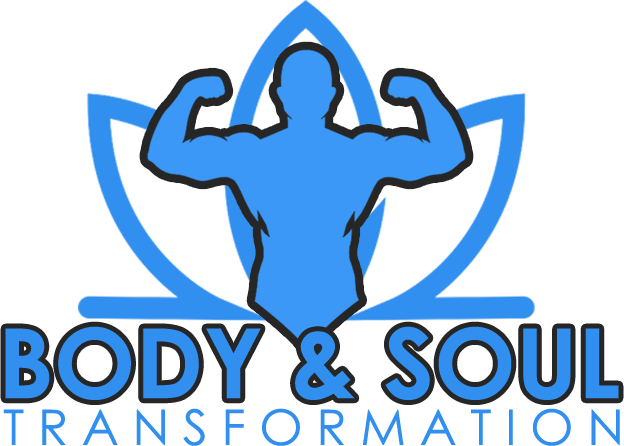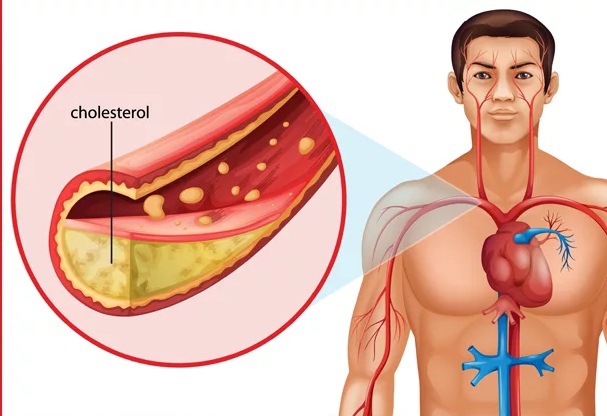Cholesterol reduction does not require a drastic change in lifestyle or highly intense exercises. A few exercises will be enough, but it is important to do them systematically.
Research data
It is known that only proper nutrition in combination with physical activity effectively reduces cholesterol levels. This was proved by an experiment conducted on 400 participants who, after measuring the level of cholesterol in the blood, were divided into four groups: the first did not change their lifestyle, the second began to exercise intensively, the third switched to a low-fat diet, and the fourth supplemented the diet with physical activity.
When their cholesterol levels were checked a year later, it turned out that only in the fourth group its decrease was significant.
How Exercise Lowers Cholesterol
Physical exercises favorably change the ratio between bad LDL cholesterol and good HDL cholesterol – they reduce the level of bad and at the same time increase the level of good. In addition, regular exercise reduces systolic and diastolic blood pressure in people with hypertension, improves the efficiency of the heart and lungs. Oxygen transport to tissues and blood flow through organs increases.
In addition, physical activity regulates sugar and insulin levels, improves blood clotting. Regular exercise, in addition to direct effects on the circulatory and respiratory systems, also improves well-being, because during exercise the body produces endorphins – hormones of happiness.
So any kind of activity will be useful – cycling, brisk walking, running, swimming or dancing. It is important to introduce activity gradually. If the body is not used to stress, start with a quick walk. At first, it is enough 2 or 3 times a week for at least half an hour in a row, and after a month, move on to other types of exercises.
Already after 3 months of systematic physical exercise, the HDL level increases by an average of about 7 percent. It is enough to follow the principle recommended by doctors: you should actively spend time at least 3 times a week for at least 30 minutes. The intensity of the exercises performed should be such that your pulse is about 130 beats per minute.
So my advice is pretty simple: start a cholesterol reduction program with 30 minutes a day for 3-5 days a week. Let it be just brisk walking to begin with, but in the future you will still have to load yourself more noticeably – connect running, swimming, or cycling.
After the first month, gradually increase the training time to 50 minutes a day.
Wait at least an hour after eating to start the exercises, and finish them 30 minutes before eating. Do not limit yourself to drinking only mineral water – choose a balanced diet.

